Introduction
Tantalum-tungsten alloys, particularly Ta-10W and Ta-2.5W, are specialized materials that combine the unique properties of tantalum with the added strength and durability of tungsten. These alloys are engineered to perform under extreme conditions, making them valuable in a variety of high-stress and high-temperature applications. Let’s learn about different types of tantalum-tungsten alloys, and compare Ta-10W vs Ta-2.5W with specific cases and data.
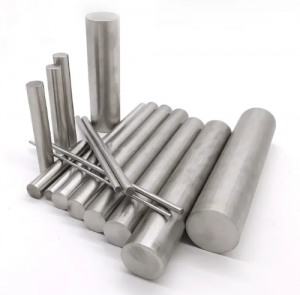
Types of Tantalum-Tungsten Alloys
Tantalum-Tungsten alloys, typically denoted as Ta-W alloys, come in various compositions, with the most common being Ta-2.5W, Ta-7.5W, and Ta-10W, where the number indicates the percentage of tungsten by weight. These alloys combine the excellent corrosion resistance and ductility of tantalum with the high strength and hardness of tungsten, making them ideal for high-temperature applications, chemical processing equipment, and components in the aerospace and defense industries.
–Ta-10W (Tantalum 10% Tungsten)
Ta-10W is a high-strength alloy that benefits from the significant tungsten content, which increases its hardness and wear resistance. This alloy is particularly suitable for applications that require materials to withstand high mechanical stress and operate in harsh environments.
–Ta-2.5W (Tantalum 2.5% Tungsten)
Ta-2.5W, with its lower tungsten content, offers a balance between enhanced mechanical properties and the desirable features of pure tantalum, such as ductility and corrosion resistance. This alloy is often chosen for applications where a combination of moderate strength and superior corrosion resistance is required.
Physical Properties Comparison
The physical properties of Ta-10W and Ta-2.5W differ primarily due to their tungsten content. These differences make each alloy suitable for specific applications.
| Property | Ta-10W | Ta-2.5W |
| Density (g/cm33) | ~16.6 | ~16.6 |
| Vickers Hardness (HV) | 200-240 | 160-200 |
| Tensile Strength (MPa) | ~800 | ~600 |
| Corrosion Resistance | Excellent | Excellent,
slightly better |
| Ductility | Lower | Higher |
- Density
Both Ta-10W and Ta-2.5W have densities close to that of pure tantalum, approximately 16.6 g/cm³. The slight increase in density compared to pure tantalum is due to the tungsten addition, but the difference between the two alloys is minimal.
- Hardness
Ta-10W exhibits higher hardness compared to Ta-2.5W, due to the higher tungsten content. The Vickers hardness of Ta-10W typically ranges between 200-240 HV, making it significantly harder than Ta-2.5W, which ranges from 160-200 HV. This increased hardness makes Ta-10W more resistant to wear and mechanical deformation.
- Tensile Strength
The tensile strength of Ta-10W is notably higher than that of Ta-2.5W, with values typically around 800 MPa, compared to 600 MPa for Ta-2.5W. The increased tensile strength of Ta-10W allows it to withstand higher stresses without permanent deformation, making it ideal for high-stress environments.
- Corrosion Resistance
Both alloys retain excellent corrosion resistance, a hallmark of tantalum, especially in acidic environments. However, Ta-2.5W tends to offer slightly better corrosion resistance due to its lower tungsten content, making it more suitable for environments where corrosion is the primary concern.
- Ductility
Ta-2.5W is more ductile than Ta-10W, allowing it to be more easily formed into complex shapes. This makes Ta-2.5W preferable for applications where shaping and forming are critical, and where the material needs to absorb more mechanical strain without cracking.
Applications
The unique combination of properties in Ta-10W and Ta-2.5W alloys leads to their use in a variety of advanced applications.
–Ta-10W Applications
– Aerospace Components: The high strength and wear resistance of Ta-10W make it suitable for critical components in aerospace applications, such as fasteners, heat shields, and structural elements that must endure extreme temperatures and mechanical stress.
– Chemical Processing Equipment: Ta-10W’s hardness and corrosion resistance make it ideal for use in equipment that handles aggressive chemicals at high temperatures, such as reactors, heat exchangers, and piping systems.
– Medical Devices: Ta-10W is used in surgical instruments and implants that require high wear resistance and mechanical strength, especially in orthopedic applications.
–Ta-2.5W Applications
– Corrosion-Resistant Components: Ta-2.5W is commonly used in environments where corrosion resistance is critical, such as in the production of chemical processing equipment, including evaporators, condensers, and piping.
– Electronics: The alloy’s combination of corrosion resistance and moderate strength makes it ideal for electronic components like capacitors, where material reliability is crucial.
– Biomedical Implants: Ta-2.5W is favored in the biomedical field for implants that need to maintain excellent biocompatibility while offering sufficient strength and formability.
Conclusion
The choice between the two alloys largely depends on the specific requirements of the application. Ta-10W, with its higher strength and hardness, is better suited for applications where mechanical durability and wear resistance are paramount. Conversely, Ta-2.5W offers a balanced profile with superior ductility and corrosion resistance.
Both Ta-10W and Ta-2.5W maintain the inherent benefits of tantalum, including biocompatibility, corrosion resistance, and stability at high temperatures. However, their distinct mechanical characteristics allow them to excel in different environments, highlighting the importance of material selection in engineering and design processes.
Understanding the differences between Ta-10W and Ta-2.5W ensures performance, durability, and safety in their final products. Advanced Refractory Metals (ARM) is a leading supplier of tantalum products, offering competitive pricing and fast lead times on all our materials. We also specialize in providing custom materials tailored to your specific specifications and drawings. Send us an inquiry if you are interested.
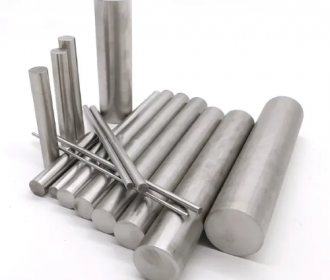
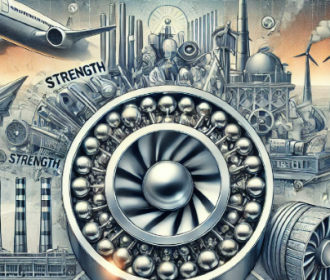
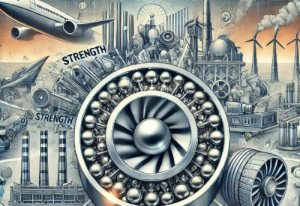
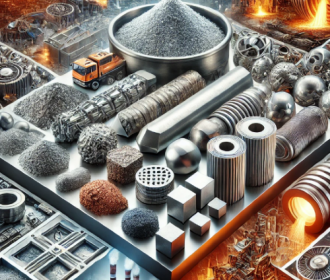
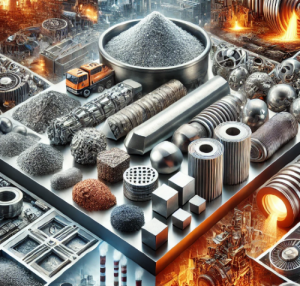
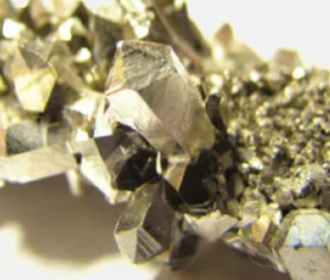
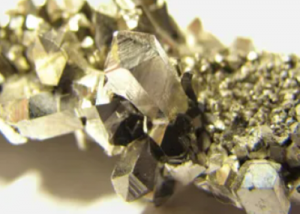 [1]
[1]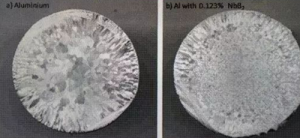
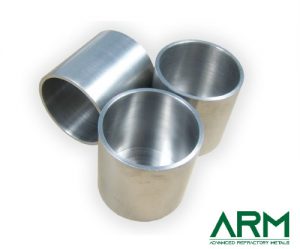
Recent Comments